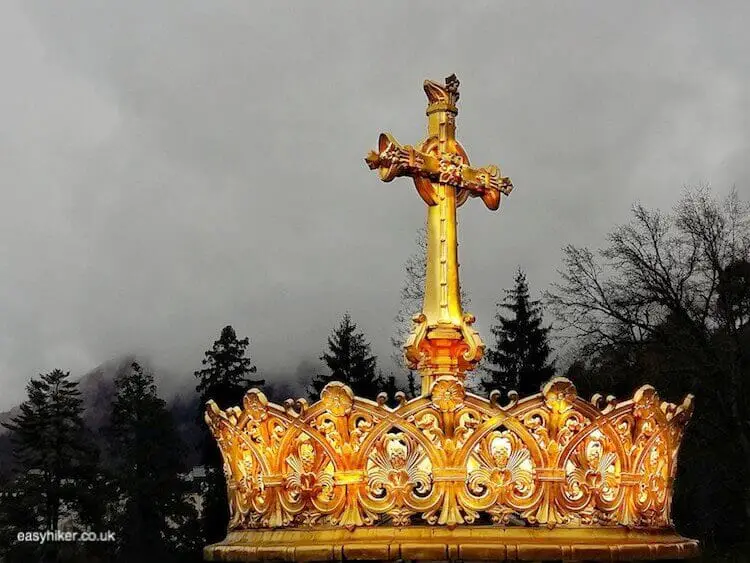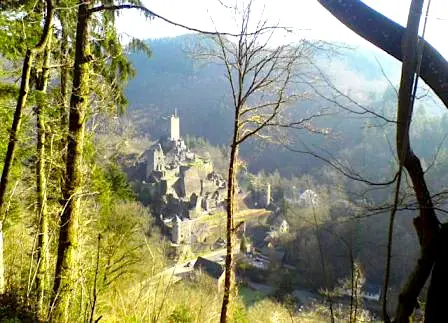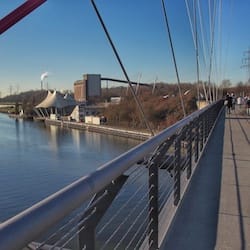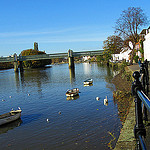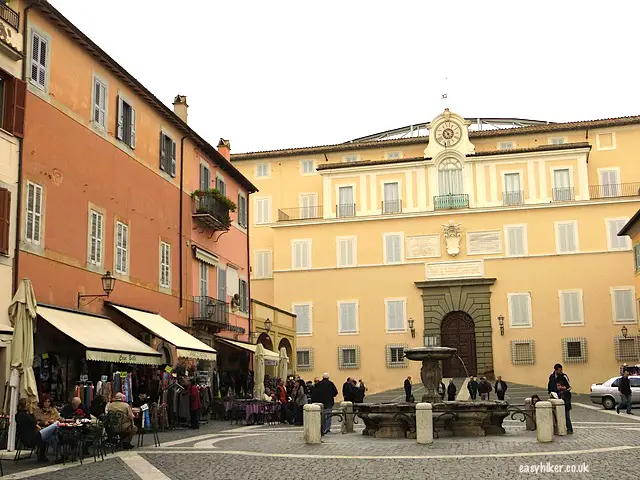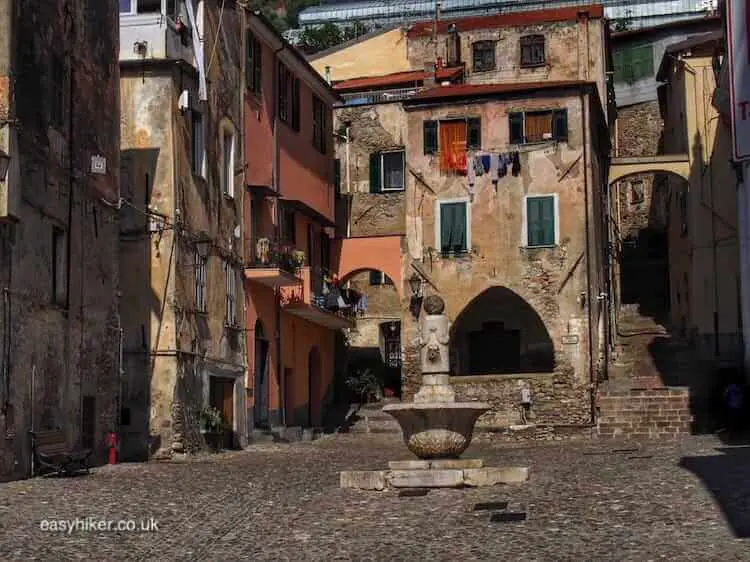Madrid is big and lively, but after a few days of holidaying in the Spanish capital, even people who actually like big and lively may yearn for a day of calm and tranquility. For these visitors of the Spanish capital, the Aranjuez Gardens are just the ticket.
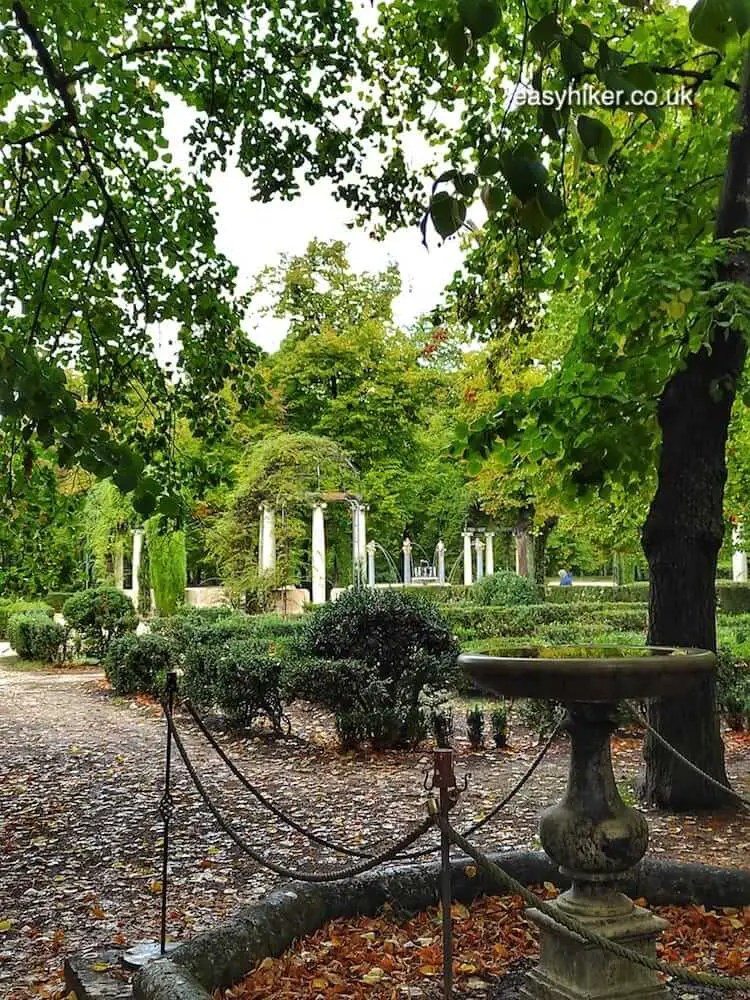
But hey, I hear some of you say, I believe that there are parks in Madrid itself, too – what about them? Well, indeed such city centre parks exist, and Aranjuez, in many ways, is not that dissimilar from them. It is as fluent in the formal language of the El Retiro …
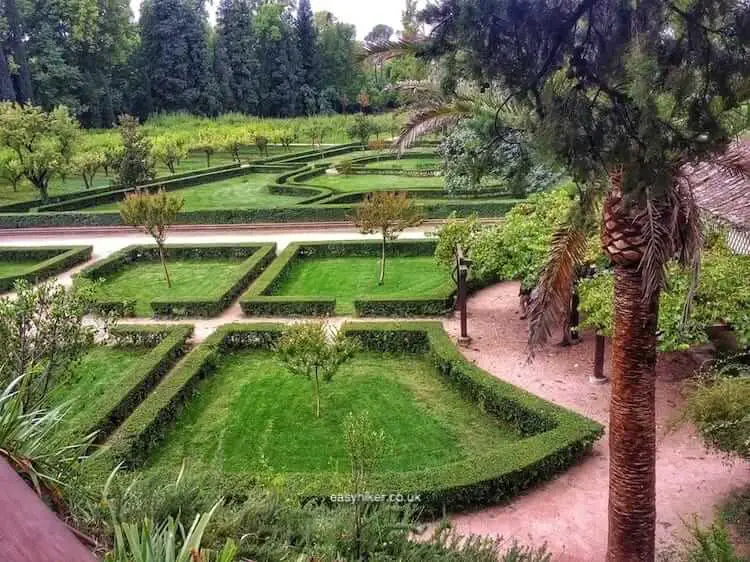
… as are its playful water features …

… and Aranjuez does, occasionally, do what parks should do (and what the Campo de Madrid does so well) which is to give folks an idea of what the landscape looked like before it was transformed so skillfully by human hands.
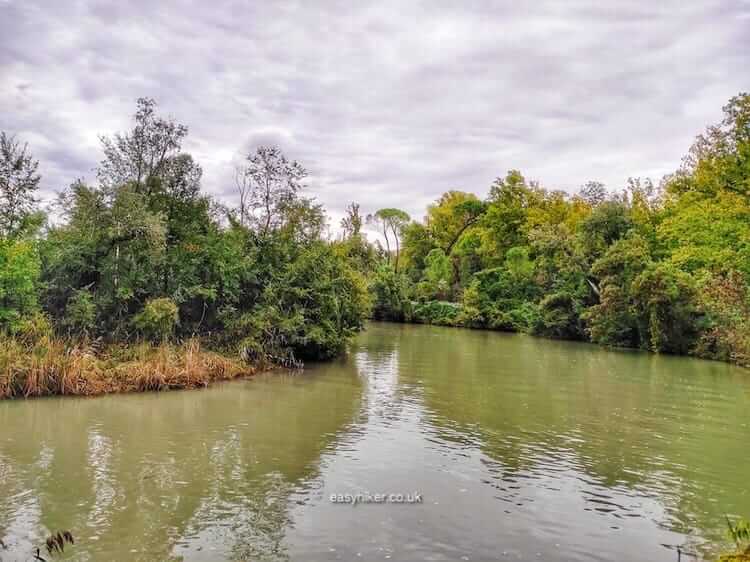
But there is a big difference: Aranjuez is far, far less crowded. On sunny days in the spring and summer, you will need to sharpen your elbows before venturing out into Madrid’s city centre parks – whereas here, for most of the year, you can walk for an hour without meeting a single soul.
This, however, needs some further qualification. Aranjuez is more of a complex of elements than a single site, and at the jardines of La Isla, Parterre, and Isabella II – the gardens in close vicinity to the Palace – you will spot the odd fellow visitor, even during the low season.
The Jardin del Principe, on the other hand, is large enough for anybody to always find a quiet place.
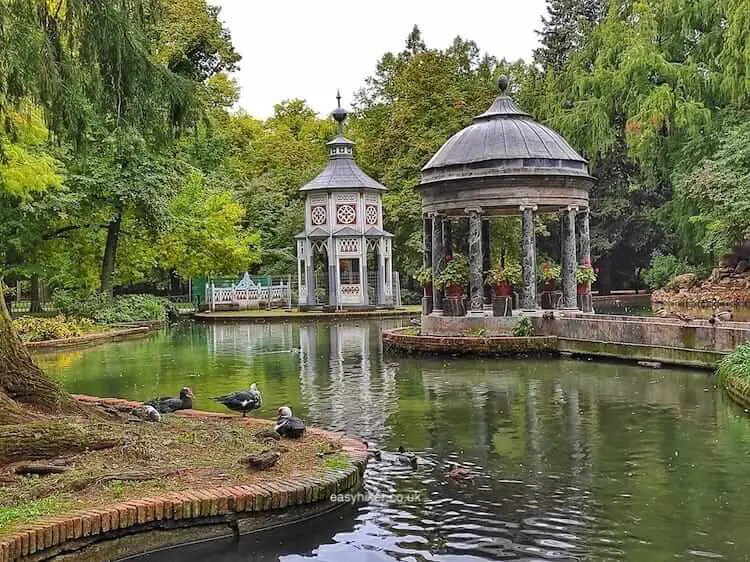
The important thing to bear in mind is that all these places are gardens, not parks in the English or Northern European sense of the word. Gardens are the Broadway musicals in our planet’s landscape repertoire.
Parks may idealize nature and try as much as they can to hide and understate the extent of human intervention. Gardens are not inhibited by any such shameful restraint and free to let rip: like Broadway shows, their main ingredients are spectacle, silly frills and high-concept artifice.
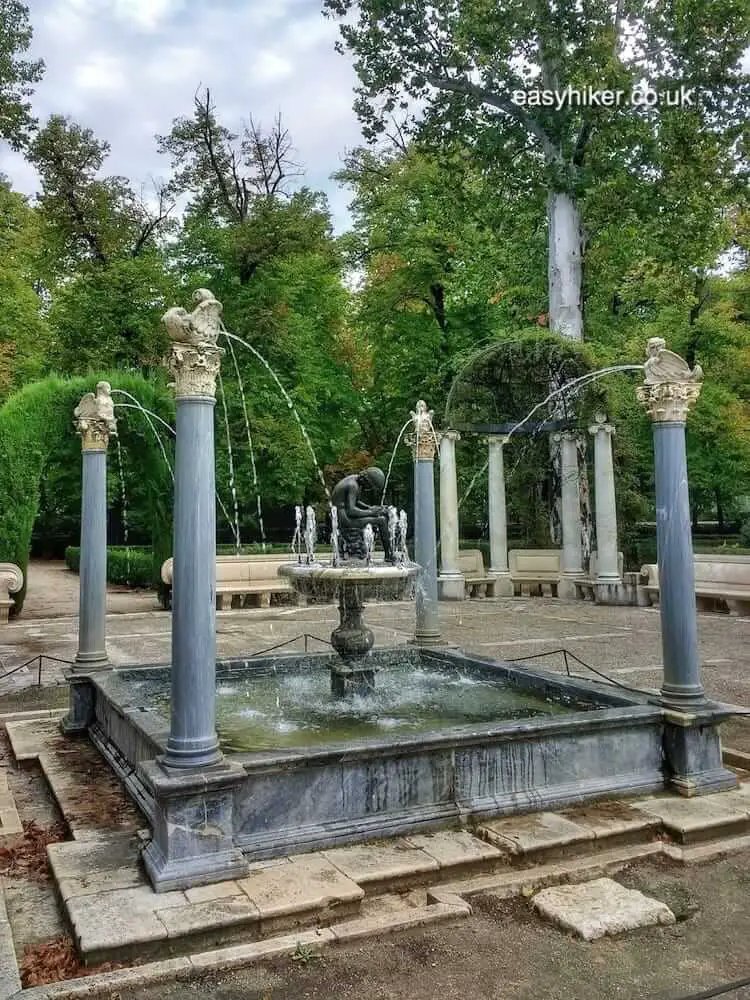
A bit of history. The Aranjuez Gardens were established during the early 1600s in the back of a hunting lodge that was reserved for the exclusive use of the Spanish kings and their special guests. (The Jardin de la Isla, located on a small island in the adjacent Tagus river, is the largest garden from this period.)
The Habsburg monarchs of the later 17th century did not show much interest in Aranjuez or hunting in general, but the arrival of the Bourbon dynasty changed the climate at the royal court. It was one of theirs – Ferdinand VI – who fell in love with Aranjuez and decided to turn the lodge into a proper royal residence.
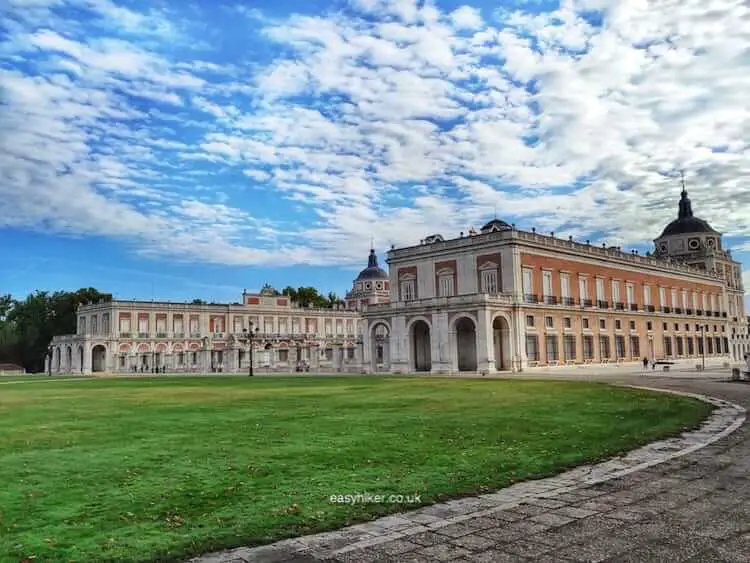
The waterfall in the back of the palace, it is said, was Ferdinand’s gift to his wife Elizabeth of Braganza.
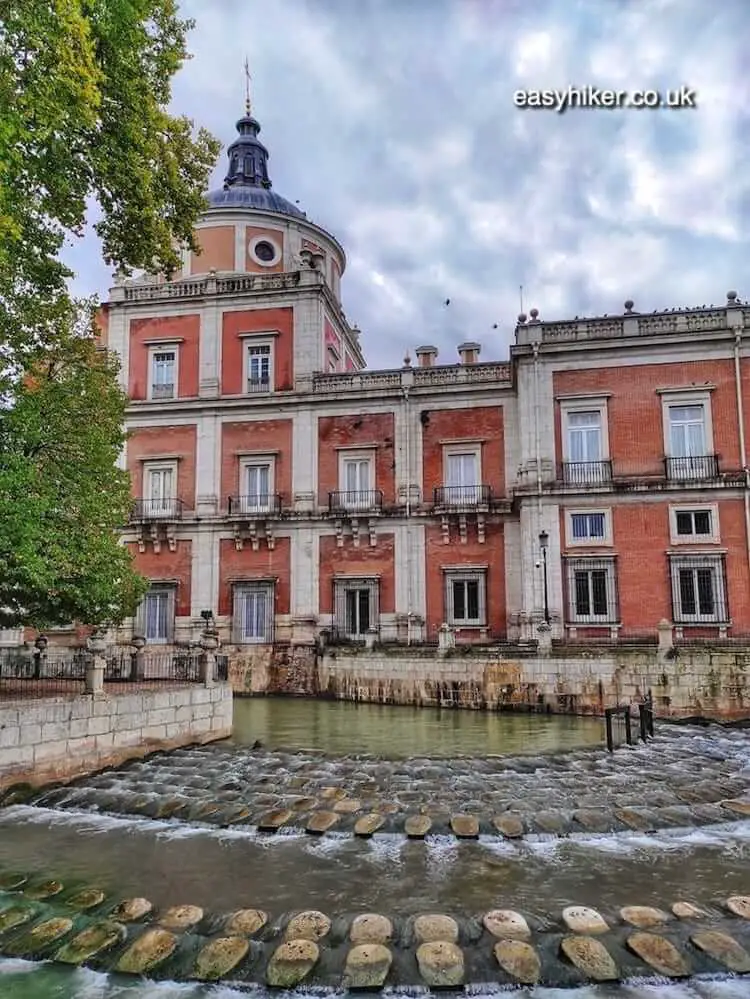
The queen had spent her youth at a seaside palace in Portugal and longed for the sound of waves crashing against the shore – so Ferdinand did what he could to make her feel at home in landlocked Castile.
Whether this story is true or not (less romantic souls insist the cascades were constructed to power a grain mill), Aranjuez soon became Ferdinand’s and Elizabeth’s favourite residence, and eventually, the royal couple had an entire new town built around it – modern-day Aranjuez – to accommodate servants, suppliers and all those people (including foreign ambassadors) who wanted to influence the royal decision-making processes.

It was also Ferdinand who had the Princes’ Gardens, formerly the royal hunting grounds, converted into the biggest fenced garden in Europe. The Jardin del Principe is rooted in a wide range of different cultures: there is Spain’s Islamic tradition, in which gardens were meant to create a lush “paradise on earth” that would not have been complete without colourful birds.
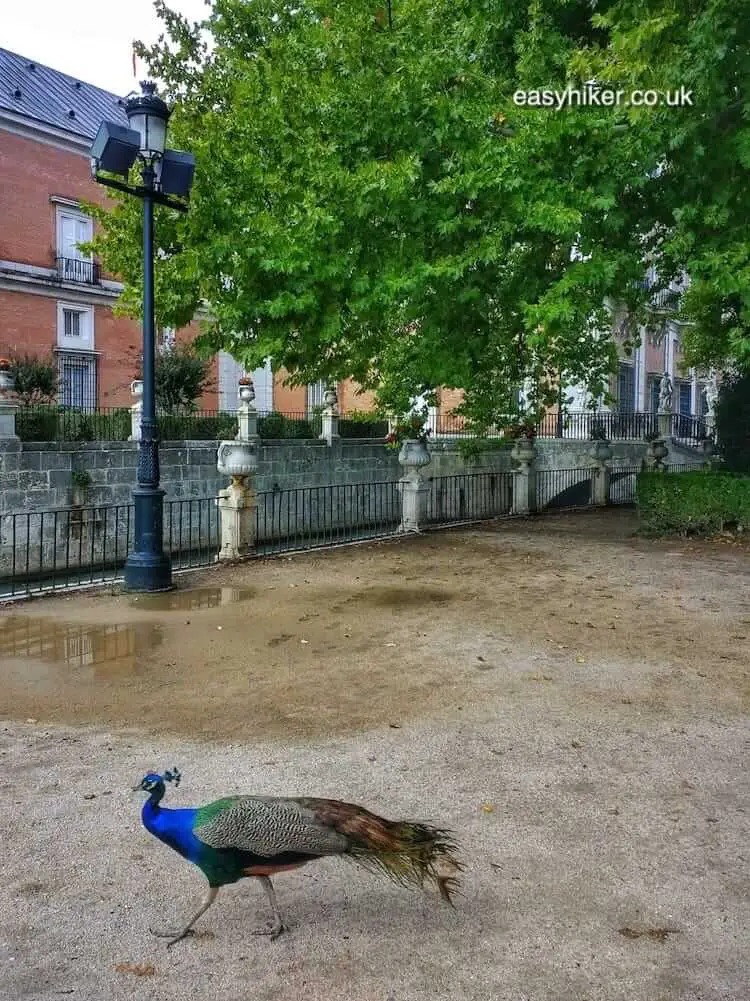
There is Spain’s classic heritage, expressed here through an abundance of Renaissance and Baroque sculptures …

… as well as through fountains in the same styles.
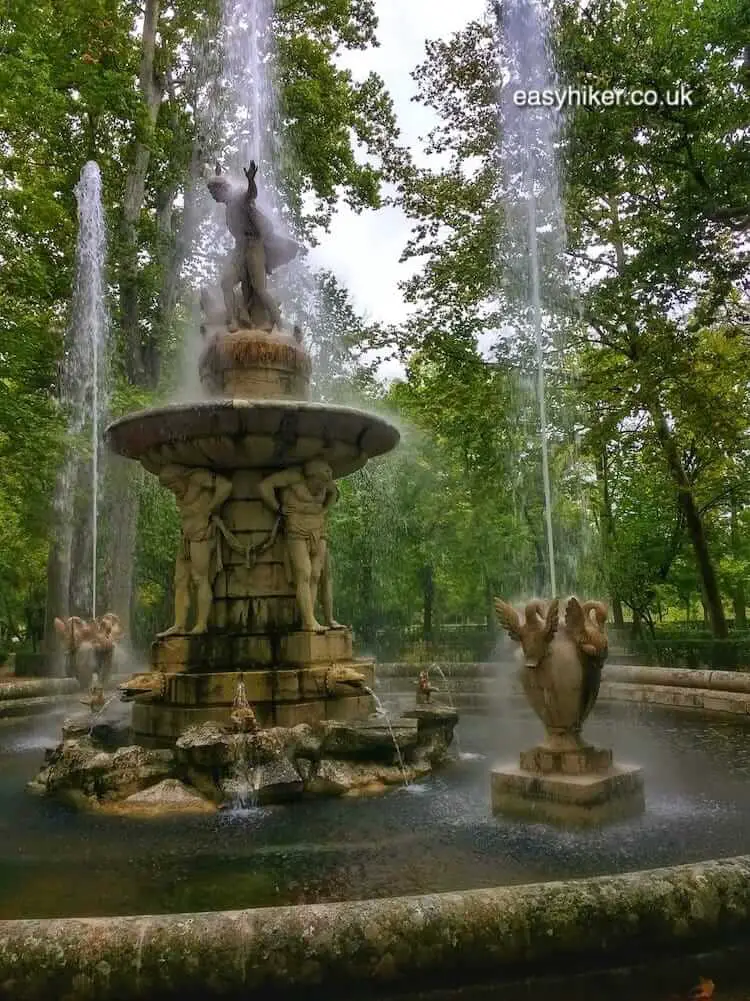
But you can also feel the reverberations of English landscaping ideas, although they appear here in a “Hispanicized” version that was adapted to the aesthetic requirements of a Baroque court.

Finally, a word on Aranjuez’s unique place in popular culture and the piece of music that lies at the root of it, widely known as Aranjuez Mon Amour but properly titled the Adagio (Movement 2) in the Concierto de Aranjuez. Together with the Waltz no. 2 in c minor by Dmitri Shostakovich, it is almost certainly the most famous piece of classical music that everybody knows without necessarily knowing where it came from or that it is a piece of classical music at all.
Joaquin Rodrigo composed this concerto in 1939, inspired by memories of Aranjuez, after he had left his native Spain for Paris. The work carries all the pain, melancholy and yearning of the life in exile. Over the years, it has been interpreted by such diverse artists as Demis Roussos and Miles Davis, Spinal Tap and Nana Mouskouri, not to forget the Grimethorpe Colliery Band in the British comedy film “Brassed Off” whose coal-mining amateur conductor mispronounces the name of the piece as the “Concerto d’Orange Juice”.
Most famously, the Concierto’s adagio became a global hit in the version recorded by Richard Anthony in 1967. It has always been in dispute whether and to what extent the Concierto carried any political overtones.
What is undisputed is that the lyrics of the 1967 song were personally approved by Rodrigo – and they include clear references to the Spanish Civil War. “In May when they came”, Richard Anthony sings, “they wrote on the walls with their guns”, and later, he has to remind himself that what he perceives as “bloodstains on the wall” in a public garden are, in fact, only roses. Take a look at the original video …
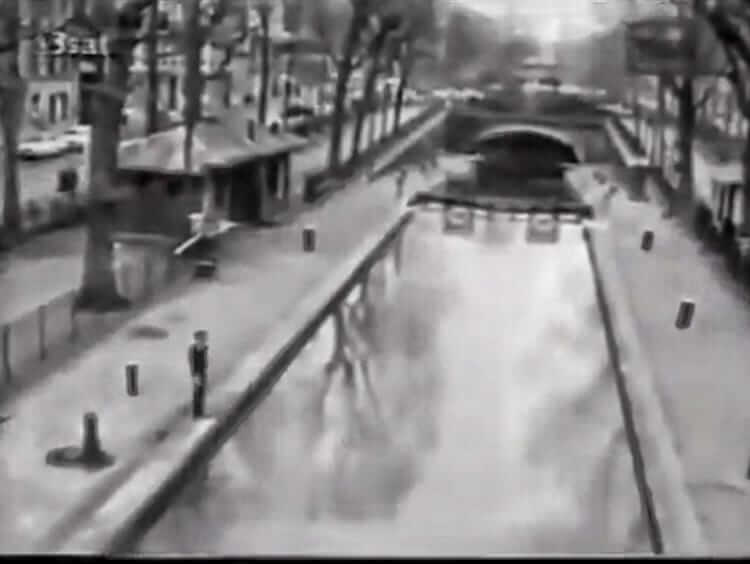
… which was filmed not in Spain but in Paris – apparently they had no budget to take the crew on site.
If you are holidaying in Madrid and want to take yourself to the Aranjuez Gardens, budgetary restrictions should not be an insurmountable obstacle.
Take the suburban C3 Cercanias train line from Atocha (Madrid’s largest station) to Aranjuez. This is the oldest rail connection in the Madrid region (constructed in 1851) and the second oldest on the entire Iberian peninsula. Trains circulate throughout the day every 15 to 30 minutes and cost about € 10 p.p. return.

